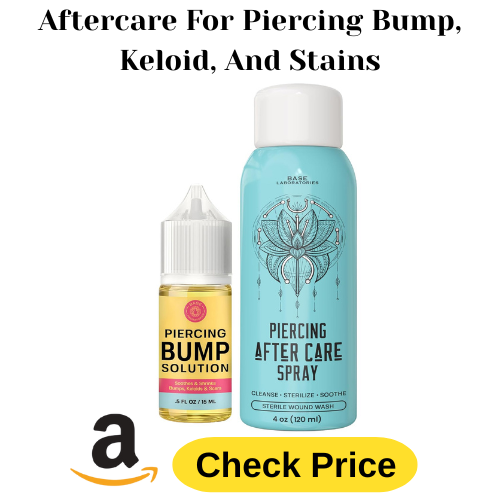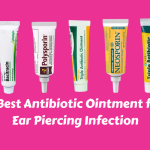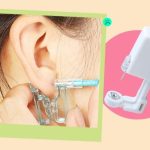Many parents wonder whether it’s safe to pierce a baby’s ears right after birth. The idea of tiny, sparkling earrings often feels charming, yet safety and timing raise important questions. Newborns have delicate skin and sensitive immune systems, which makes proper care essential.
Hospitals sometimes offer ear-piercing services shortly after delivery, but policies vary widely. Experts recommend understanding the risks of infection, allergic reactions, and healing complications before making a decision.
Parents also need to consider cultural traditions, family preferences, and their baby’s comfort during the procedure. Choosing the right method, timing, and jewelry can make a significant difference in safety and recovery.
Gathering accurate information and consulting a pediatrician can help families decide confidently. Knowing the facts ensures both a memorable experience and the well-being of your little one.
Can You Get Ear Piercing at Birth?
Many parents wonder if they can get their baby’s ears pierced right after birth. This question comes from tradition, culture, and personal choice. Some families pierce ears as a symbol of celebration or identity.
Others wait until the child grows older. Understanding the benefits, risks, and proper care helps parents make safe and informed decisions. Babies’ ears are delicate. Their immune systems are still developing.
Choosing the right time for ear piercing ensures less pain, lower risk of infection, and better healing. This article explains everything parents need to know about ear piercing at birth.
Can You Pierce a Baby’s Ears at Birth?
Babies’ ears can be pierced at birth. Many hospitals and clinics offer ear piercing services shortly after delivery. Nurses or trained professionals use a small, sterile tool. They usually place a tiny stud or hoop in the earlobe. Parents often choose birth piercing for cultural or family reasons.
Benefits of Ear Piercing at Birth
-
Less pain: Babies have fewer nerve endings in the earlobe. The pain is often brief.
-
Quicker healing: Younger skin heals faster.
-
Early acceptance: Babies grow up with earrings as a normal part of their life.
Risks of Piercing a Newborn’s Ears
-
Infection risk: Babies’ immune systems are still weak. Cleaning is essential.
-
Allergic reaction: Some earrings contain metals like nickel. Hypoallergenic studs reduce risk.
-
Swelling or redness: Mild irritation can happen but usually disappears in a few days.
Disposable Ear Piercing Kit
Best Practices for Ear Piercing at Birth
Choose the Right Place
Select hospitals or clinics that use sterile equipment. Ask if nurses are trained in newborn ear piercing.
Use Safe Earrings
-
Hypoallergenic studs: Avoid metals that cause allergy.
-
Small size: Comfortable for tiny earlobes.
Clean and Care
-
Daily cleaning: Use mild antiseptic recommended by the doctor.
-
Check for redness: Watch for swelling, pus, or unusual pain.
Watch Healing Time
Earlobes usually heal in 4 to 6 weeks. Avoid changing earrings too early.
Alternatives to Ear Piercing at Birth
Some parents prefer waiting until the child is older. Waiting allows the baby’s immune system to be stronger. Older children can express their choice. Parents can also avoid early infections or allergic reactions.
FAQs
1. At what age can you pierce a baby’s ears?
Many hospitals pierce ears immediately after birth. Some parents wait until 6 months or older.
2. Is ear piercing painful for newborns?
Pain is brief and mild. Babies usually cry for a few seconds.
3. How do I prevent infection?
Clean earrings daily with recommended antiseptic. Keep hands and earrings clean.
4. Can a baby have an allergic reaction?
Yes. Use hypoallergenic earrings to reduce risk.
5. Can earrings be removed later?
Yes. Earrings can be removed anytime once healing is complete.
Conclusion
Ear piercing at birth is possible and safe when done properly. Parents must choose a trained professional, sterile tools, and hypoallergenic earrings. Careful cleaning and monitoring reduce the risk of infection.
Early piercing may heal faster and cause less pain, but parents can also wait until the child grows older. Understanding risks, benefits, and proper care helps make the best choice for the baby.





